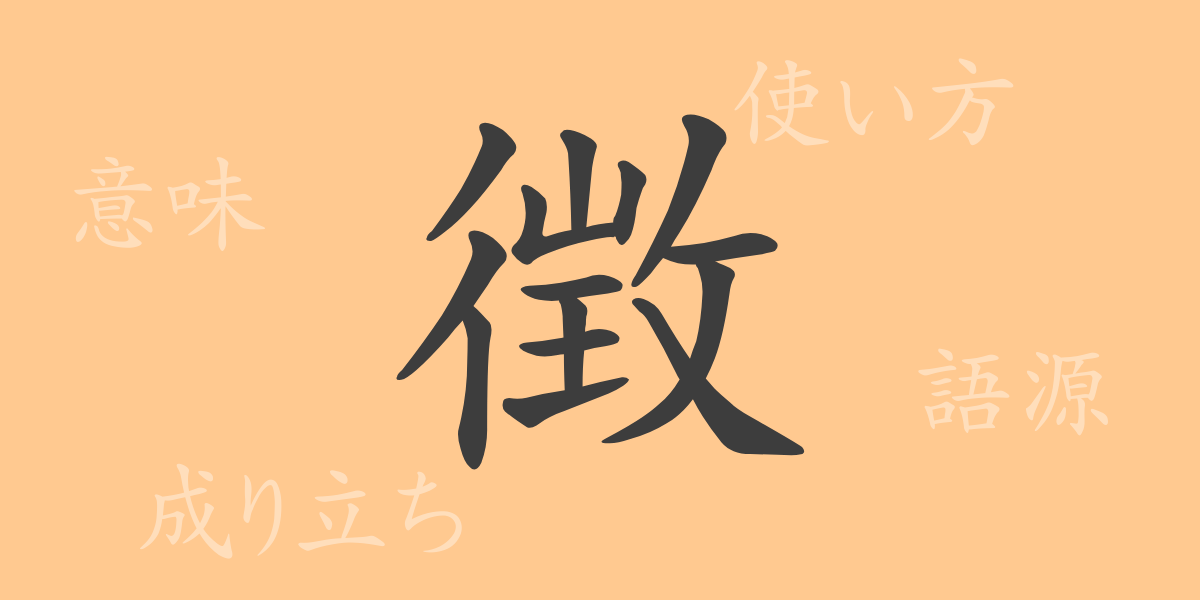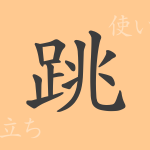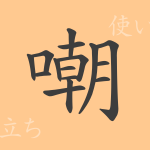Embedded within each Kanji character is a unique history and significance, contributing to the rich tapestry of Japanese language. One such character is ‘徴(チョウ)’, deeply ingrained in Japan’s culture. This article delves into the Kanji ‘徴’, exploring its origins, meanings, applications, pronunciations, and its presence in idiomatic expressions, unraveling the beauty it brings to the Japanese language.
Origins of ‘徴(チョウ)’
The Kanji ‘徴’ originated in ancient China, derived from ideograms. It initially combined the elements ‘彳(ギョウニンベン)’ representing a bird’s flight and ‘止(とめる)’ depicting a walking foot, symbolizing ‘a signpost showing the way to proceed’. Over time, it evolved to represent signs or omens of various events and has been adopted to indicate anything that suggests or signifies something in broader contexts.
Meanings and Usage of ‘徴(チョウ)’
In modern Japanese, ‘徴’ primarily means ‘sign’, ‘omen’, ‘characteristic’, or ‘evidence’. It refers to visible signs on the surface of objects, premonitions of forthcoming events, or undeniable proof of facts. It is also used in contexts related to taxes or tributes.
Pronunciations, Stroke Count, and Radical of ‘徴(チョウ)’
The Kanji ‘徴’ has several pronunciations and a distinctive composition that reflects its meanings:
- Pronunciations: On’yomi ‘チョウ’, Kun’yomi ‘しるし’
- Stroke Count: 14 strokes
- Radical: ‘彳(ギョウニンベン)’
Phrases, Idioms, and Proverbs Using ‘徴(チョウ)’
The character ‘徴’ appears in various idioms and phrases across the Japanese language, each enriching its narrative:
- 徴収(ちょうしゅう): Collecting taxes or fees.
- 前徴(ぜんちょう): An omen or harbinger of something to come.
- 徴候(ちょうこう): Symptoms appearing, particularly in a medical context.
- 天の徴(あまつしるし): A sign from the heavens, often referring to natural disasters as divine signals.
Conclusion on ‘徴(チョウ)’
The Kanji ‘徴’ has undergone many transformations throughout history. While its meanings have evolved, the fundamental concepts of ‘sign’ and ‘omen’ remain central to its use. The rich history and expressive power of ‘徴’ make it a fascinating subject for those studying Japanese. Recognizing ‘徴’ in daily life can deepen one’s appreciation and understanding of the language and its nuanced cultural context.

























